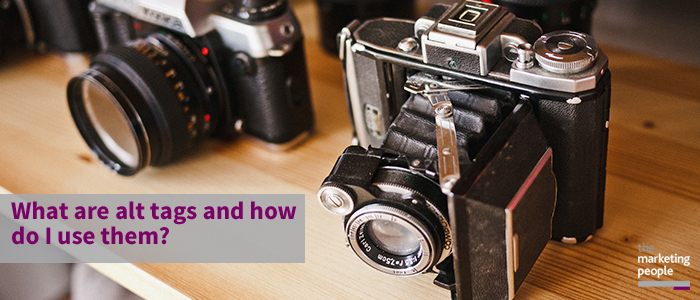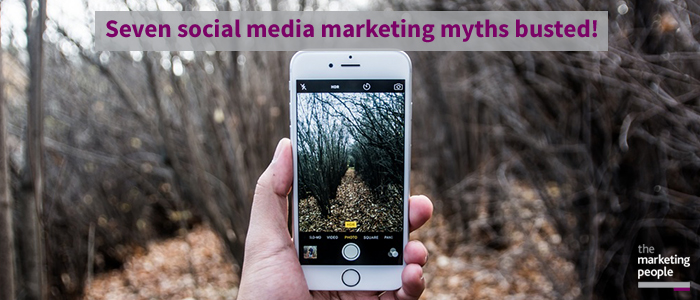

Email marketing can be a bit of a minefield. So we’ve put together 10 quick tips for creating and sending an email to help you generate leads and sales.
Make subject lines interesting and short
Think of your subject line as a news headline. It needs to be short and interesting to pull people in.
Keep keywords and the real interest part as close to the start of the subject line as possible. In case some people’s devices don’t show the entire subject line.
Don’t use these words…
There are some words that set off spam filters which mean your emails may end up in the spam folder.
There are some words we immediately associate with spam such as ‘free samples’ or ‘be your own boss’.
You may have to use some words which are considered ‘spammy’ such as ‘free’. But use your own discretion and where possible switch a spammy word for a less spammy word.
Click here for a list of 100 words you shouldn’t use in emails.
Make it mobile friendly
As more and more people buy smartphones and tablets the number of people opening their email on mobile devices increases.
A study by Litmus found that in 48% of emails were opened on a smartphone or tablet.
The percentage of mobile opens will vary between each sector and business. But the point is that you shouldn’t be ignoring those mobile users.
If your email can’t be viewed properly on a phone or tablet, the chances are the recipient will just delete your email.
Split test subject lines
It’s important to test two or three subject lines when running an email campaign. So you can begin to figure out what works, and what doesn’t work, with your audience.
You can use results from split tests to make sure subject lines you create in the future appeal to your audience.
Include an unsubscribe link
You need to include an unsubscribe link in your email somewhere to allow people to opt-out of receiving your emails.
Proofread it!
After you’ve finished writing your email, give yourself a short break from it. Go back to it and imagine you’re reading it for the first time. You’ll probably notice a few errors you didn’t spot earlier.
Get someone else to proofread it
It really pays to get a fresh pair of eyes to look over your copy. As they’re more likely to pick up errors because you know the copy. So you probably aren’t looking at it in great detail.
Check your links
As well as checking your copy you need to check the links work and go to the right place.
Make it count!
Make sure your email means something to recipients and that it encourages them to do something which appeals to them.
Always ask yourself ‘so what?’. Okay, so it’s a nice email about an offer we’re running but what does this mean to my customers or prospects?
If you do this your marketing messages will appeal to your recipients and mean something to them.
Monitor it
You don’t just get to sit back after your email has been sent. Keep monitoring it and look at open rates, click through rates, whether anyone converted from the email and keep an eye on replies.
Looking at your data can help you improve future email campaigns.
We hope our 10 quick email tips have been useful and will help you create emails which bring real benefit to your business.
If your business is based in the Burntwood, Lichfield or Staffordshire are and needs help creating email marketing campaigns that generate leads or sales get in touch to find out how we can help.





